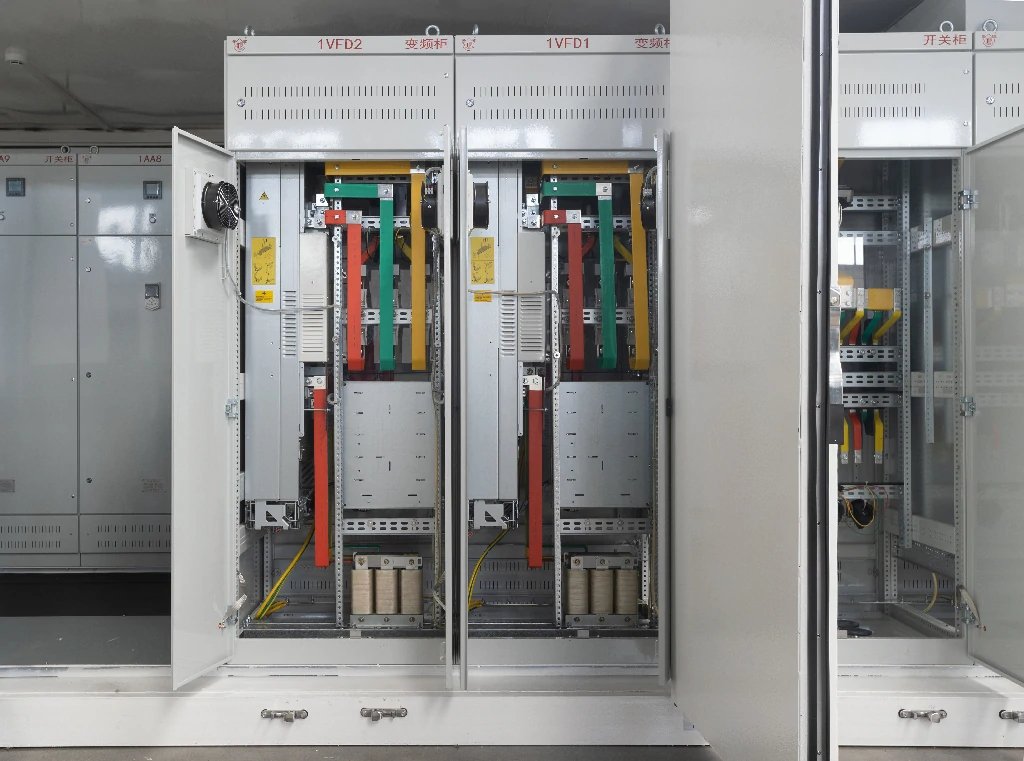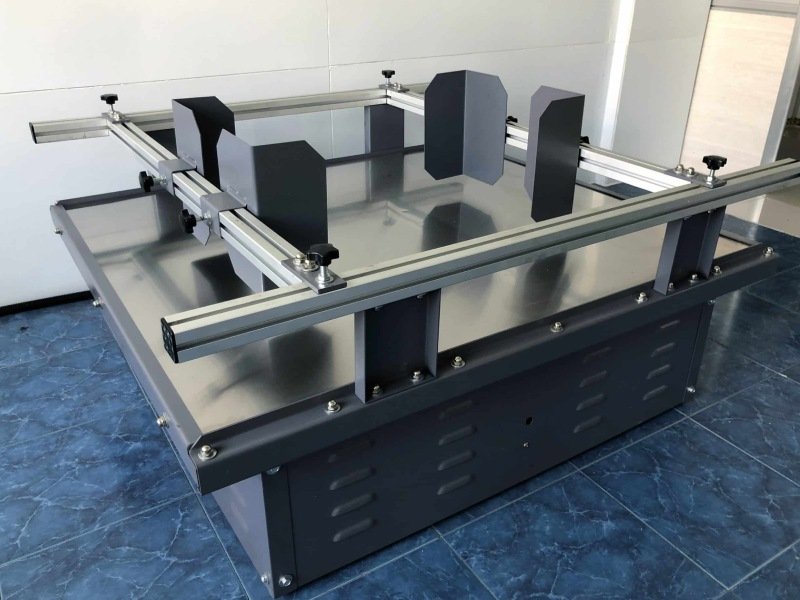Introduction to Piano Hinges
Piano hinges, also known as continuous hinges, are specialized mechanical bearings designed to provide robust and uniform support along the entire length of two connected surfaces. Unlike traditional hinges, which are typically shorter and segmented, piano hinges extend the full length of the application, offering exceptional stability and load distribution. This article delves into the design, materials, applications, and engineering considerations of piano hinges, tailored for engineers and buyers seeking reliable hinging solutions for industrial, commercial, and specialty applications.
The name "piano hinge" originates from its historical use in securing piano lids, where a strong, flexible hinge was required to support the heavy lid while allowing smooth opening and closing. Today, piano hinges are employed across a wide range of industries, from aerospace and automotive to furniture and industrial machinery, due to their durability, versatility, and ability to handle significant loads.
Design and Structure of Piano Hinges
Basic Components
A piano hinge consists of two primary components:
- Leaf Plates: These are long, flat metal strips that attach to the surfaces being joined. The leaves are typically identical in size and shape, ensuring balanced load distribution.
- Pin and Knuckles: A cylindrical pin runs the entire length of the hinge, passing through interleaved knuckles (cylindrical segments) on each leaf plate. The knuckles allow rotational movement, enabling the connected surfaces to pivot smoothly.
The continuous nature of the pin and knuckles distinguishes piano hinges from other hinge types, providing consistent strength and stability across the entire length. This design minimizes stress concentrations and reduces the gap between connected surfaces, enhancing both functionality and aesthetics.
Variations of Piano Hinges
Piano hinges come in several variations, each tailored to specific applications:
- Continuous Hinges: The standard form, running the full length of the application.
- Strap Hinges: Wider and often more decorative, used in applications requiring a robust yet visually appealing hinge.
- Concealed Hinges: Designed to be hidden from view, ideal for cabinetry and furniture where aesthetics are critical.
- Take-Apart Hinges: Allow for easy disassembly, useful in applications requiring frequent removal of components.
- Offset Hinges: Positioned to offset the hinge from the surface, accommodating unique mounting requirements.
- Spring-Loaded Hinges: Incorporate springs to provide automatic closing or controlled motion, enhancing functionality in specific use cases.
Materials
Piano hinges are manufactured from various materials, each selected based on the application's requirements:
- Stainless Steel: The most common material due to its high strength, durability, and corrosion resistance. Grades like 304 and 316 stainless steel are popular for indoor and outdoor applications, respectively, with 316 offering superior resistance to salt spray in marine environments.
- Aluminum: Lightweight and corrosion-resistant, ideal for aerospace, marine, and outdoor equipment where weight reduction is critical.
- Steel: Offers high strength for heavy-duty applications but requires coatings (e.g., galvanization) for outdoor use to prevent rust.
- Brass: Valued for its aesthetic appeal and corrosion resistance, often used in decorative applications like furniture and architectural elements.
- Copper: Provides excellent corrosion resistance and a distinctive reddish-brown finish, suitable for artistic or low-load applications.
- Plastic: Used in lightweight, non-corrosive applications, though less common due to lower strength compared to metal hinges.
Finishes
To enhance durability and aesthetics, piano hinges often feature finishes such as:
- Electrogalvanization: Protects steel hinges from corrosion.
- Anodizing: Enhances aluminum hinges' corrosion resistance and appearance.
- Powder Coating: Provides a durable, protective layer for steel or aluminum hinges.
- Polishing or Satin Finishes: Used for brass or stainless steel hinges to achieve a sleek, modern look.
Key Engineering Advantages
Piano hinges offer several engineering benefits that make them a preferred choice for demanding applications:
- Uniform Load Distribution: The continuous design evenly distributes weight and stress along the entire length, reducing the risk of localized failure compared to segmented hinges.
- Durability: High-quality materials and robust construction ensure long-term performance, even under heavy use or in harsh environments.
- Smooth Operation: The interleaved knuckles and continuous pin provide seamless rotational movement, minimizing friction and noise.
- Customizability: Piano hinges can be cut to precise lengths, punched with custom hole patterns, or modified with offsets, notches, or countersinks to meet specific requirements.
- Security and Privacy: The full-length design reduces gaps between surfaces, enhancing security and minimizing the risk of objects or fingers getting caught.
- Low Maintenance: Unlike multiple shorter hinges, a single piano hinge requires less frequent tightening or lubrication, simplifying maintenance.
Applications in Engineering and Industry
Piano hinges are versatile components used across a wide range of industries. Below are key applications, with engineering considerations for each:
1. Aerospace
Application: Piano hinges are used in aircraft control surfaces (e.g., ailerons, flaps) and access panels, such as cowlings and inspection doors. The lightweight yet strong MS20001 extruded aluminum hinges, made from 2024-T4 or 7075-T6511 alloys, are preferred for structural applications due to their high strength-to-weight ratio.
Engineering Considerations:
- Material Selection: Aluminum is favored for its low density and corrosion resistance, critical for aerospace applications where weight savings are paramount.
- Structural Integrity: Extruded hinges (e.g., MS20001) are specified for structural applications to avoid binding under wing flex, unlike softer MS20257 hinges.
- Installation: Rivets are commonly used for metal and fiberglass surfaces, ensuring secure attachment without damaging the substrate.
- Precision: Custom hole patterns and lengths are often required to meet aerospace standards like AS9100D.
2. Automotive
Application: Piano hinges are found in cargo storage boxes, toolboxes, and tailgates of vehicles like Ford F-150s, Ford Super Duty trucks, and Nissan/Toyota models. They provide easy access and durability for on-the-go storage.
Engineering Considerations: - Load-Bearing Capacity: Heavy-duty steel or stainless steel hinges are selected to withstand the weight of heavy cargo boxes and frequent use.
- Corrosion Resistance: Stainless steel or galvanized steel is used for exterior applications to resist rust from environmental exposure.
- Custom Design: Hinges may require perforations, countersinking, or specific finishes to integrate with vehicle aesthetics and functionality.
3. Industrial Machinery and Equipment
Application: Piano hinges are used in large electronic enclosures, toolboxes, and heavy-duty equipment doors, where their strength and durability are critical.
Engineering Considerations:
- Durability: Stainless steel or iron hinges are chosen for their ability to handle heavy loads and endure constant use in industrial environments.
- Custom Lengths: Hinges can be cut to fit specific enclosure sizes, ensuring seamless integration.
- Installation Flexibility: Options like welding, riveting, or screwing allow engineers to adapt hinges to various substrates, including metal and fiberglass.
4. Furniture and Cabinetry
Application: Piano hinges are popular in cabinet doors, fold-down desks, and piano lids, where they provide smooth operation and a clean aesthetic.
Engineering Considerations:
- Aesthetics: Brass or polished stainless steel hinges are selected for decorative applications, enhancing visual appeal.
- Concealed Design: Concealed hinges are used to maintain a sleek, modern look in high-end furniture.
- Light Loads: Aluminum or plastic hinges may suffice for lightweight applications, reducing costs without compromising functionality.
5. Marine and Outdoor Applications
Application: Piano hinges are used in marine hatches, outdoor equipment, and swimming pool buildings, where corrosion resistance is essential.
Engineering Considerations:
- Material Selection: 316 stainless steel is preferred for marine environments due to its superior resistance to salt spray.
- Environmental Durability: Galvanized steel or aluminum hinges are used for outdoor applications to prevent rust and corrosion.
- Load Distribution: The continuous design ensures stability for large, heavy hatches exposed to wind and waves.
6. Medical and Commercial Sectors
Application: Piano hinges are used in medical equipment, such as hospital beds and diagnostic machines, and commercial applications like vending machines and retail displays.
Engineering Considerations:
- Hygiene: Stainless steel hinges are selected for their ease of cleaning and resistance to corrosion in sterile environments.
- Reliability: High-cycle testing ensures hinges can withstand frequent use in high-traffic commercial settings.
- Custom Features: Special hole patterns or offsets may be required to accommodate unique equipment designs.
Engineering Considerations for Selecting Piano Hinges
When choosing piano hinges for a specific application, engineers must consider several factors to ensure optimal performance and longevity:
1. Load and Stress Requirements
- Load Distribution: The continuous design of piano hinges ensures even load distribution, making them ideal for heavy doors or panels. Engineers must calculate the expected load and select a material and gauge that can handle the stress without deformation.
- Dynamic Loads: For applications like aircraft control surfaces, hinges must resist binding under dynamic flexing. Extruded hinges (e.g., MS20001) are preferred for their strength.
2. Material Selection
- Environmental Conditions: Stainless steel or aluminum is ideal for corrosive environments, while brass or copper may be chosen for decorative purposes.
- Weight Constraints: Lightweight materials like aluminum are critical in aerospace and portable equipment, while steel is better suited for heavy-duty industrial applications.
3. Degree of Rotation
- Rotation Range: Piano hinges typically offer up to 270 degrees of rotation, allowing full opening of doors or panels. Engineers must verify the required rotation range for the application.
- Friction and Stiffness: For applications requiring controlled motion (e.g., chip guards on milling machines), engineers may need to adjust hinge stiffness using techniques like Loctite application or pin modification.
4. Installation Method
- Fasteners vs. Welding: Rivets, screws, or bolts (e.g., AN3 bolts for aerospace) are used for secure attachment, while welding is preferred for permanent installations.
- Substrate Compatibility: When riveting to fiberglass, ensure the shop head forms against the hinge, not the fiberglass, to prevent damage.
5. Customization Needs
- Length and Hole Patterns: Piano hinges can be cut to custom lengths and punched with specific hole patterns to match project specifications.
- Special Features: Options like spring-loading, offsets, or perforations can enhance functionality for unique applications.
6. Finish and Aesthetics
- Corrosion Protection: Finishes like electrogalvanization or powder coating extend hinge lifespan in harsh environments.
- Visual Appeal: Polished or satin finishes are critical for applications where aesthetics matter, such as furniture or architectural designs.
Installation Best Practices
Proper installation is critical to maximizing the performance of piano hinges:
- Alignment: Ensure precise alignment of the hinge with the mating surfaces to prevent binding or uneven stress distribution.
- Fastener Selection: Use rivets, screws, or bolts appropriate for the substrate. For aerospace applications, adhere to standards like MS20257 or MS20001.
- Cutting to Length: Piano hinges are often supplied in standard lengths (e.g., 6 ft or 72 inches) and can be cut to size using appropriate tools to avoid damaging the knuckles.
- Pin Insertion: Ensure the hinge pin is the correct diameter to avoid slop or excessive friction. Custom pins may be used to adjust stiffness.
- Testing: Perform cycle testing to verify smooth operation and durability, especially for high-use applications.
Sourcing Piano Hinges: Tips for Engineering Buyers
When procuring piano hinges, engineering buyers should consider the following:
- Reputable Manufacturers: Choose suppliers with certifications like ISO 9001:2015 or AS9100D for quality assurance. Companies like ER Wagner, OneMonroe, and Larsen & Shaw offer extensive customization options.
- Customization Capabilities: Ensure the supplier can provide custom lengths, hole patterns, and finishes to meet project specifications.
- Material and Finish Options: Verify availability of materials and finishes suitable for the application’s environmental and aesthetic requirements.
- Lead Times and Delivery: Look for suppliers offering quick turnaround times (e.g., 24-48 hours for standard orders) and reliable delivery.
- Technical Support: Partner with manufacturers that provide engineering support for design and integration, such as Sugatsune or WDS Components.
Conclusion
Piano hinges are indispensable components in engineering applications requiring robust, reliable, and aesthetically pleasing hinging solutions. Their continuous design, material versatility, and customizability make them ideal for industries ranging from aerospace and automotive to furniture and marine. By understanding the design principles, material options, and engineering considerations outlined in this article, buyers can make informed decisions to select the right piano hinges for their projects. Whether you need a heavy-duty stainless steel hinge for an industrial enclosure or a lightweight aluminum hinge for an aerospace panel, piano hinges offer unmatched performance and durability when properly specified and installed.
For further assistance, contact reputable manufacturers or consult technical experts to ensure your piano hinge solution meets the specific demands of your application.







